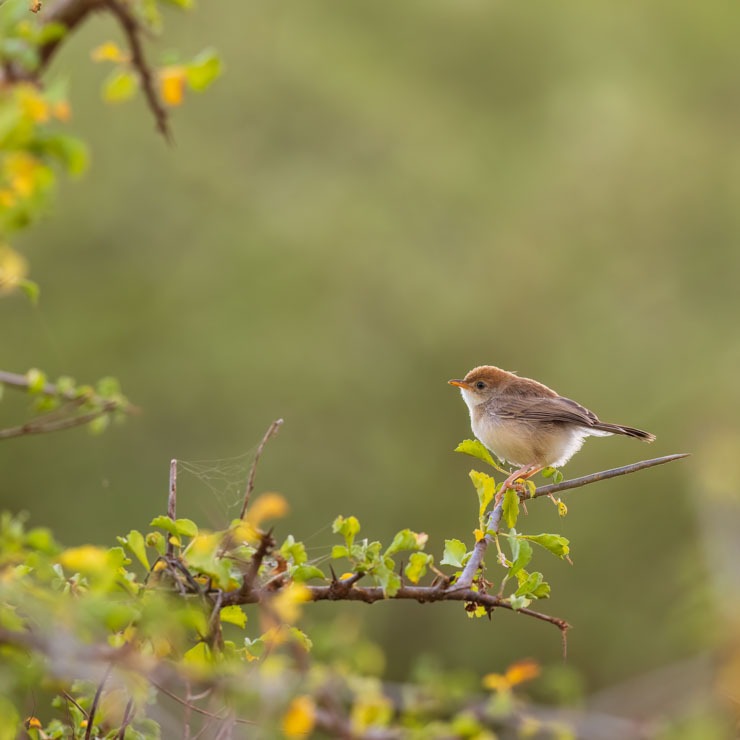
Seems like eons ago, but it has been only six years since my last couple of posts on our beloved LBJ’s – Little Brown Jobs – both set in magical Kenya from my first visit there. My first post was made with a little trepidation, there was a little more confidence with the second. Since then the spotlight has shifted away from these tiny, feathered blobs of dirt – but this post seeks to put an end to that injustice.
The LBJ rabbit hole is one of the more serious ones within ornithology, so in this case I’m going to limit the selection to the larks and cisticolas seen while moving through Kenya. As typical of my ethos, the birds I photograph are souvenirs of luck – it is only where our paths cross do we register each other.
Regardless of one’s fortunes, one’s birding skills must be carefully cultivated in order to find any LBJ. Of these, there is no greater skill than staring at the ground. See, it is here, among innumerable clods and pebbles, where there is the highest probability of seeing a clump of mud that turns out to be a bird. You’re never going to find a Fischer’s Sparrow-Lark if your eyes are in the sky. If you do – as I have – you’re unlikely to even raise your binoculars before the bird disappears behind a bush or embankment.
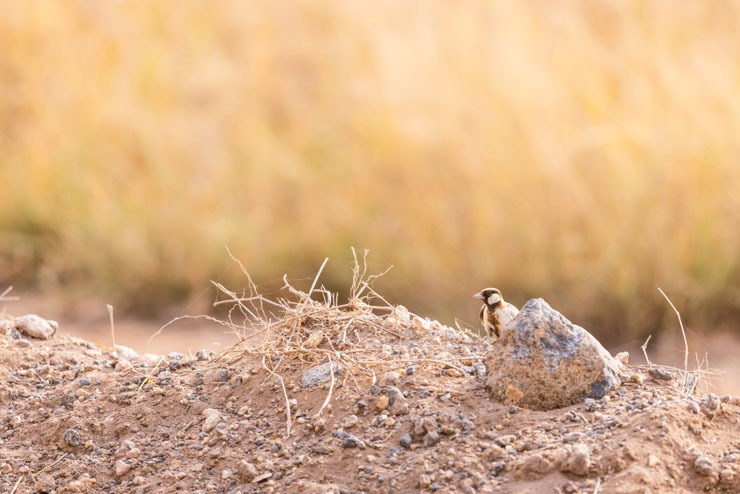
Fischer’s Sparrow-Lark
Larks are phenomenally confusing, and I’ve only managed to correctly identify a small percentage of them in the field. Even from a photo, it can be difficult. To make it even more exciting, some of the species have recently been split. Take the Rufous-naped Lark, for example. I thought I’ve seen it – and even photographed it – but now some of these are considered to be Sentinel Lark. Let’s play spot the difference in the following two images, shall we?
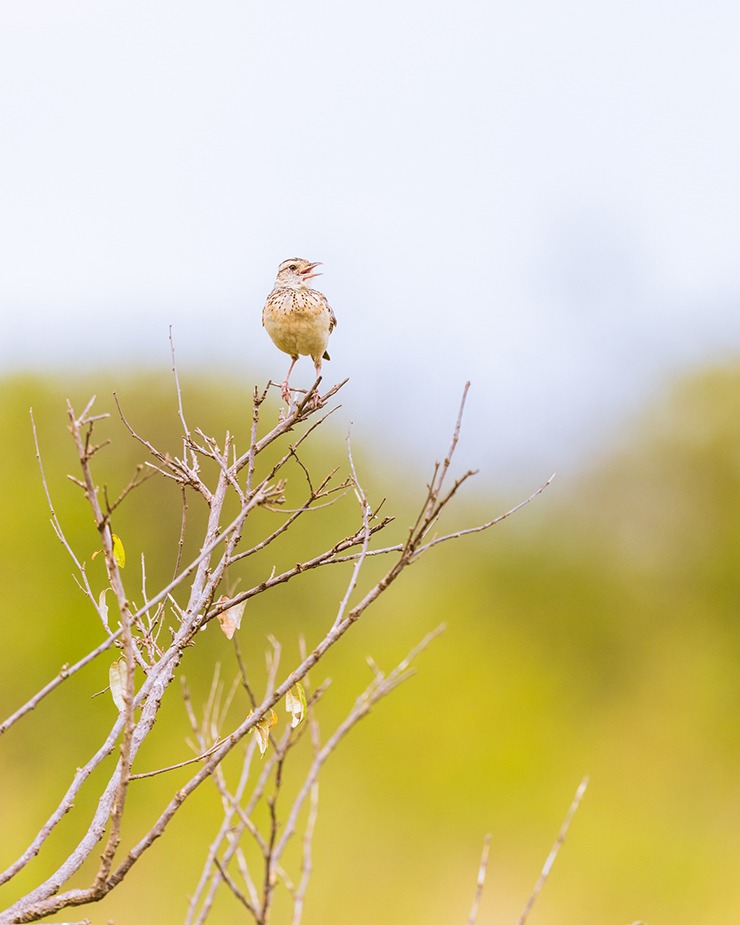
Rufous-naped Lark
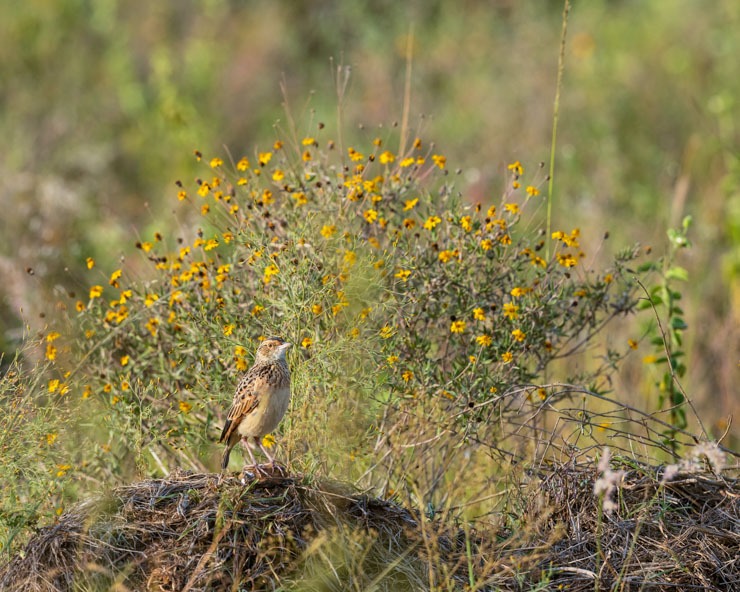
Sentinel Lark
Close looks at a confiding pair of Red-winged Larks gave me the rare opportunity of an accurate field identification. After some time, with beads of sweat running down furrowed brows. Thankful for the visible blackish patches on the neck; while distinctive, this field mark can sometimes be obscured.
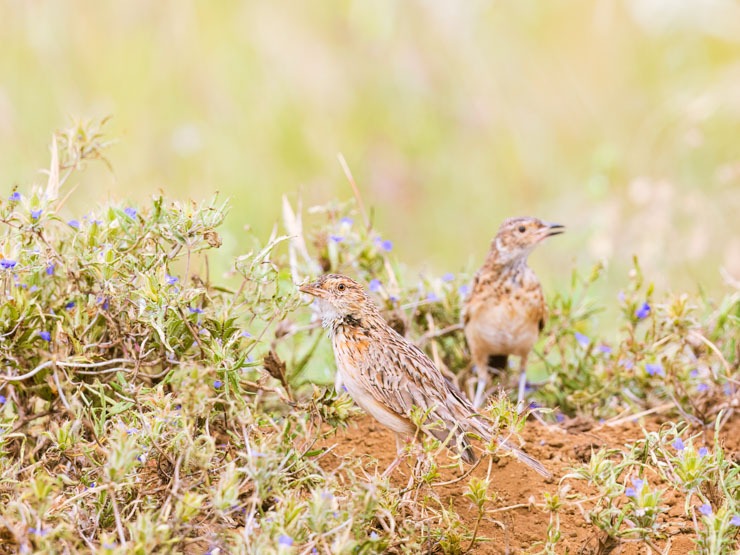
Red-winged Lark
Like many birds with “short-tailed” in their common name, the Short-tailed Lark‘s defining characteristic is not its tail length. Ornithologists seem to forget that most of us do not hold birds next to a ruler. Fortunately, the facial markings of this bird were strong enough to dissolve all doubt.

Short-tailed Lark
It would be remiss of me to prepare a post on Kenyan LBJ’s and not mention any cisticolas. As promised in the introductory paragraph, here are some of these incredible albeit frustrating warbler-like passerines.
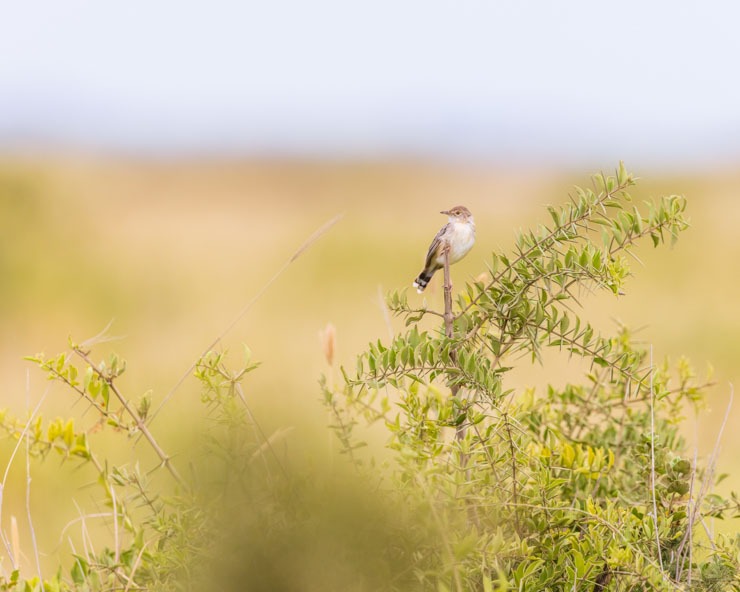
The Ashy Cisticola doesn’t seem to be that ashy, maybe I caught it on a good day?
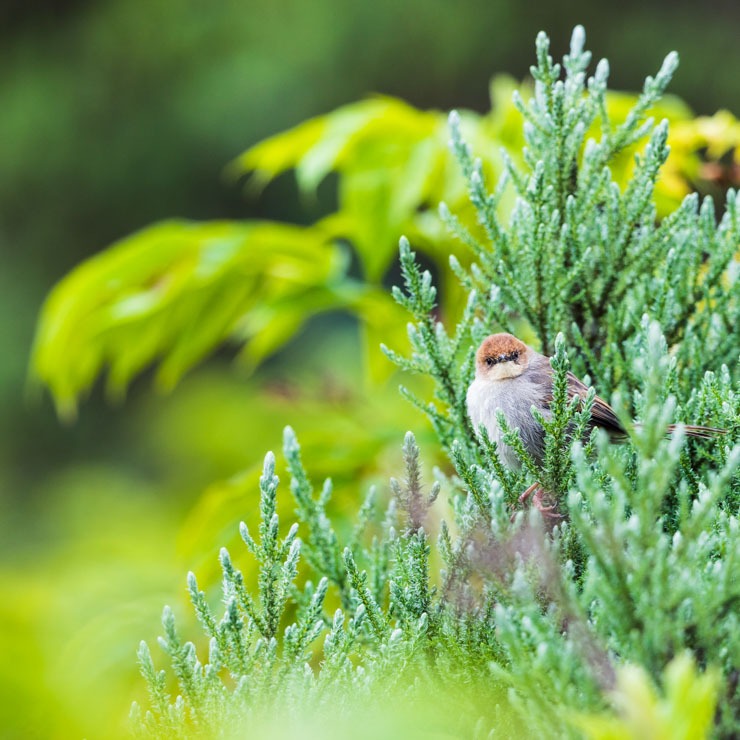
Hunter’s Cisticola is a bird of higher altitude; in the highlands of central Kenya its cheerful, sinusoidal trill is a constant companion.
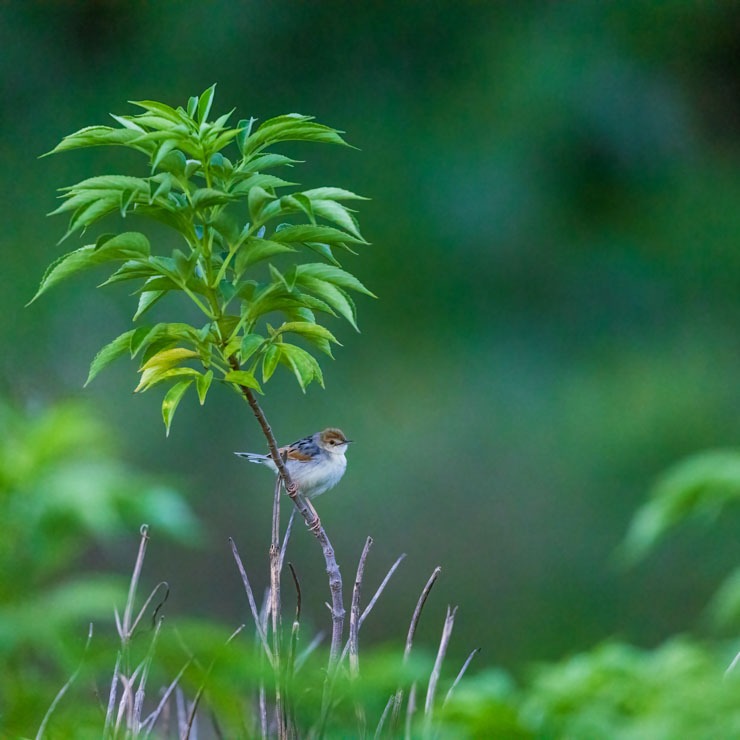
I saw far too many Winding Cisticolas for my own sanity. They came in so many plumages, some fresh, some worn, others halfway. Several times I was convinced that I had seen an entirely different cisticola.
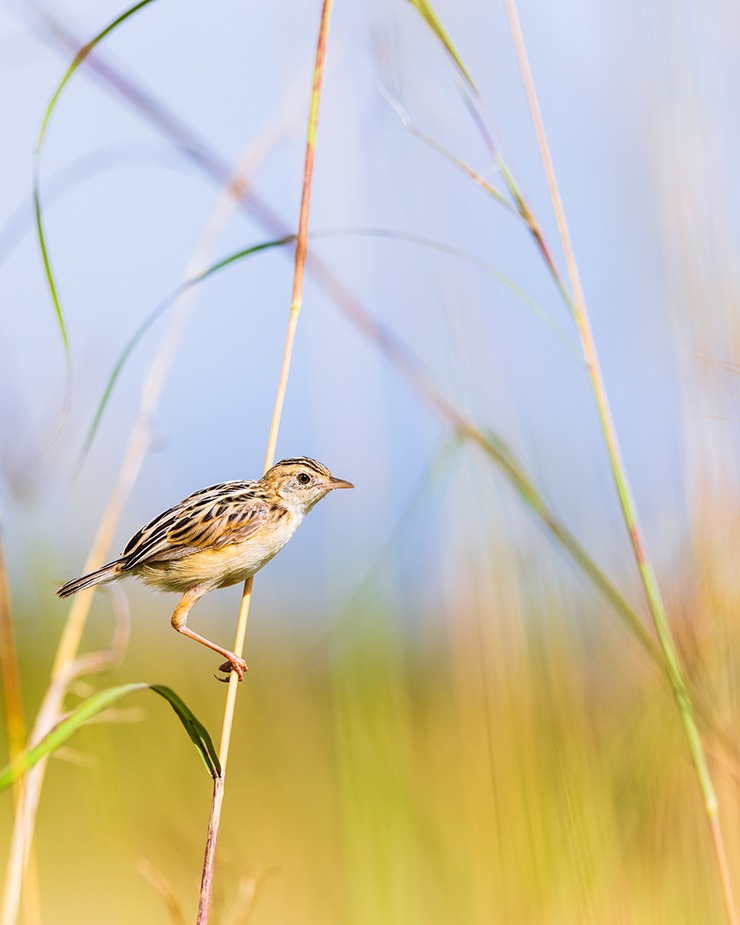
I’m sure there are other people who visit the Masai Mara and spend time with birds like this Zitting Cisticola – I just haven’t found them yet.

Arguably one of the easiest cisticolas to identify in the field, the diminutive Tiny Cisticola was aptly named. Although they could’ve named it “Cutest Cisticola” and many would be happy.






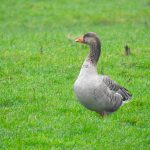

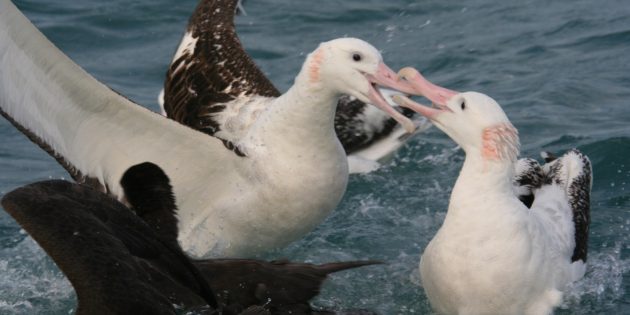

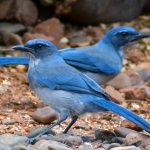


LBJs are bliss. Identification challenges and fun.
I learnt a new term…LBJs . Thanks Faraaz!
Cheers, Fitzroy!
Oh yes – they are the invitation to dive deeper. Love them.